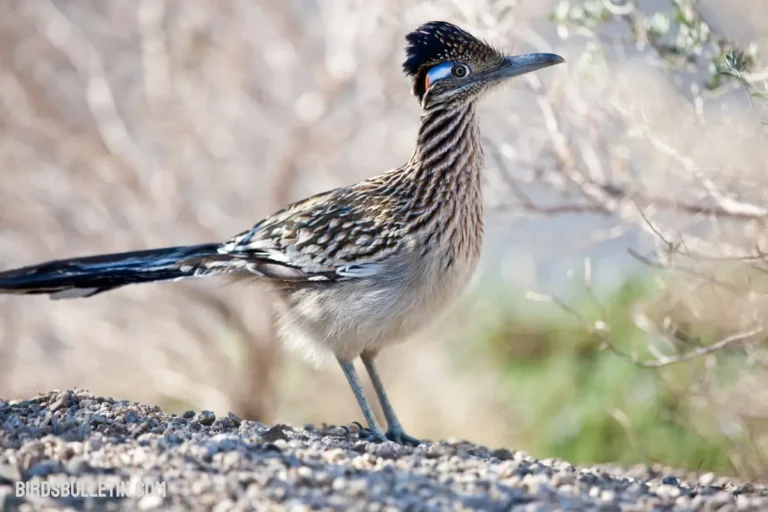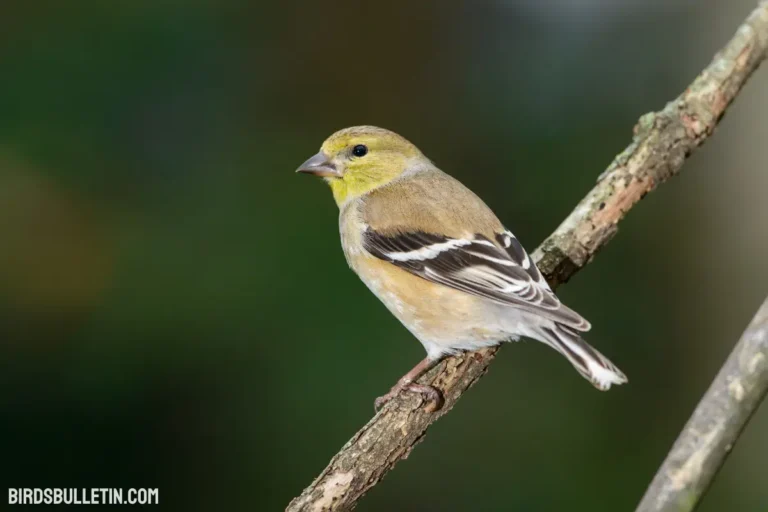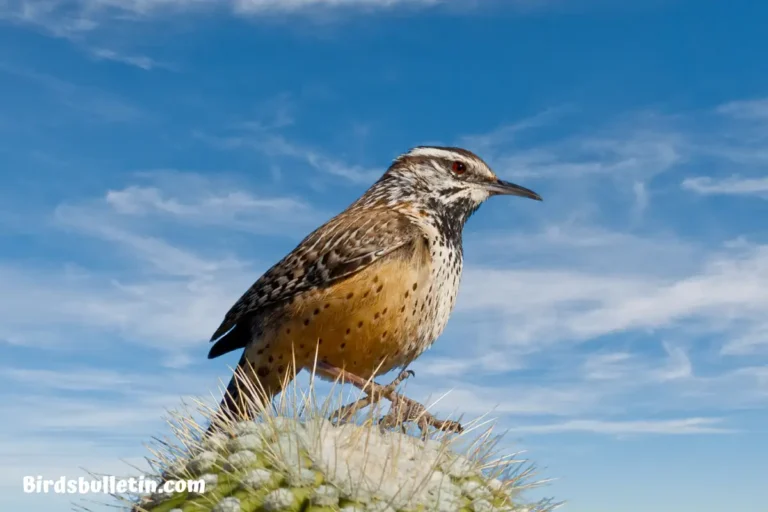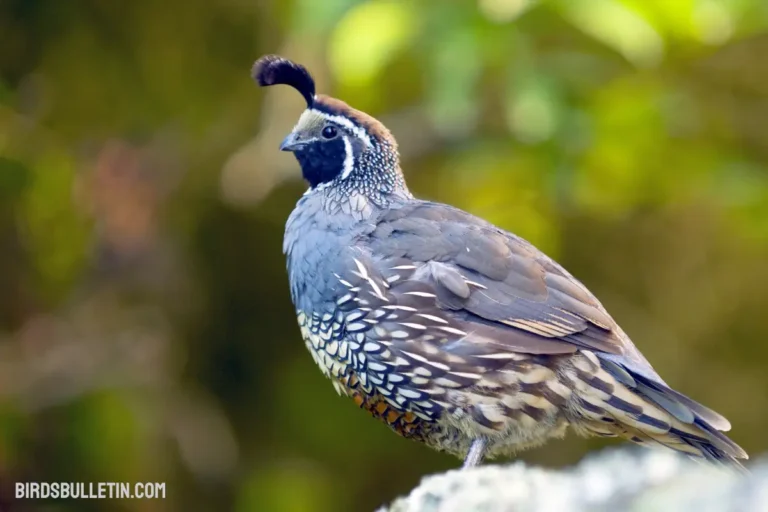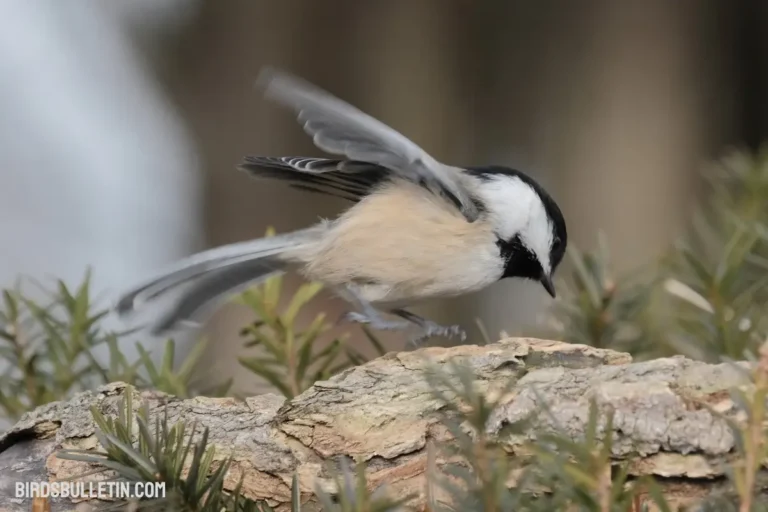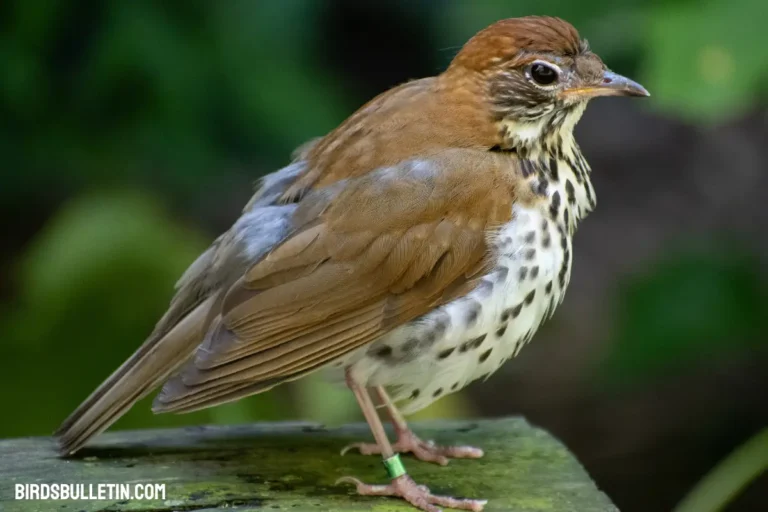Guam Rail: Behaviors, Migrate, And More
The Guam Rail, scientifically known as Gallirallus Owstoni, is an interesting and critically endangered bird species native to the island of Guam in the western Pacific Ocean. Once a growing population, these flightless birds now face the brink of extinction due to habitat loss and the introduction of invasive species.
In this overview article, we will explore various aspects of the Guam Rail’s life, from its identification and state bird status to its behavior, conservation efforts, and the challenges it faces in the modern world.
Interested in similar topics on birds overview:
How To Identify Guam Rail?
The Guam rail is a medium-sized, bird. It is a rare species in the family Rallidae. The Guam rail has brown upperparts, barred sides, a purple-blue colored head and breast, and a metallic green back. Its wings are small and rounded, adapted for short flights needed to traverse its native scrub forest habitat.
Guam Rail Profile
| Information | Description |
|---|---|
| Scientific Name | Gallirallus owstoni |
| Alternative Names | Guam wood rail |
| Colors | Brown and white bars below a light mantel, with a blackish bill and a distinctive white eye stripe. |
| Lifespan | Female 6 and male 10 years |
| Wingspan | Short wings and Flightless |
| Weight | 7-12 oz |
| Size | 11 inches |
| Diet | Invertebrates, small lizards, seeds, fruit |
| Breeding Season | The peak period is July to November |
| Lay Eggs | 2-4 eggs per clutch |
| Locations | Formerly all of Guam, now just protected enclosures |
| Threats | Habitat loss, cats, rats and pigs |
| Predators | Snakes, monitor lizards, feral cats |
| Prey | Insects, snails, crabs, lizards |
Is The Guam Rail the State Bird of Guam?
The Guam rail is the official state bird of the U.S. territory of Guam. It was designated as the territorial bird in 1973 while endemic populations still persisted in the island’s forests.
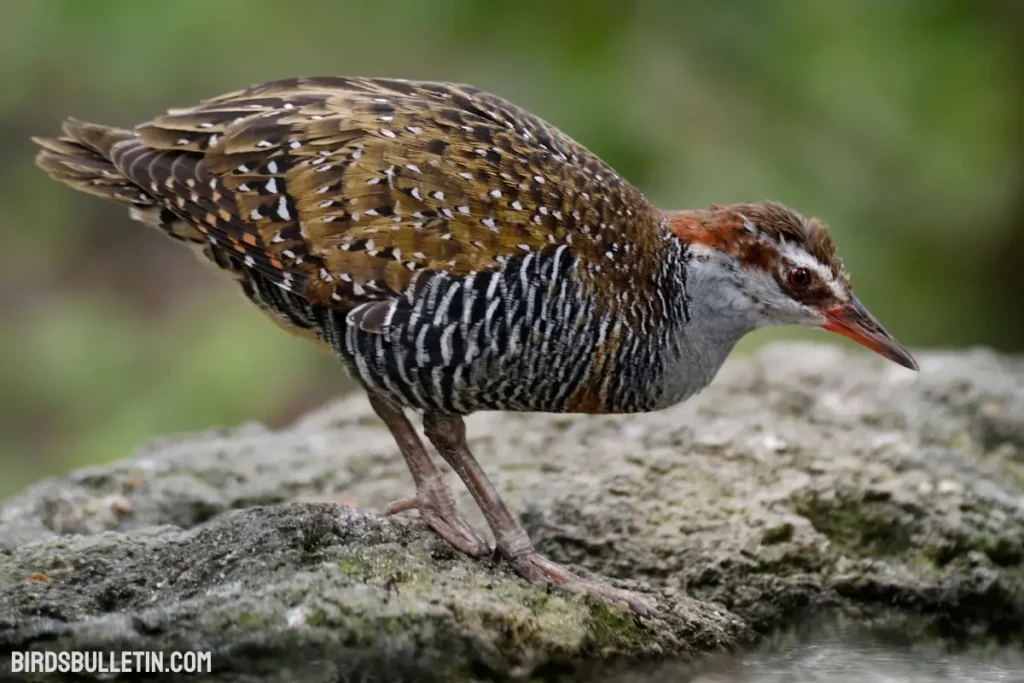
The Guam rail was likely chosen for its uniqueness to the island and central place in Chamorro folklore. It remains a symbol of Guam’s natural heritage, despite its tragic decline in the wild.
How Many Subspecies of Guam Rail Exist?
The Guam rail is considered a subspecies itself within the broader Pacific rail group. Its scientific name is Gallirallus owstoni. There are no recognized subspecies.
Some taxonomists group it within the species Gallirallus philippensis together with other western Pacific rails. However many authorities now recognize G. owstoni as a distinct species adapted to forest habitats rather than open wetlands.
What Is the Population Status of The Guam Rail?
The Guam rail has declined catastrophically over the past 40 years. In the early 1980s, there were an estimated 100,000-200,000 individuals across Guam. However, the accidental introduction of the brown tree snake decimated the population through predation.
By 1986, Guam rails were extinct in the wild. Around 150 birds survived in captive breeding colonies. Through successful management, captive populations increased to over 200 by 2010.
Reintroduction to snake-free habitats in Guam started in 2010, and a wild population of under 100 birds now exists within a protected enclosure. Continued conservation management is critical to preserve Guam rail populations.
Does The Guam Rail Migrate?
The Guam rail does not migrate and is non-migratory throughout its limited range. Historically, it inhabited forest and savanna habitats across the entire island of Guam.
Rail species in general have limited flight capabilities due to their small wingspan. The Guam rail evolved reduced flight abilities in the absence of mammalian predators on Guam.
It does exhibit seasonal movements, shifting to higher elevations in the wet season. But it does not undertake any long-distance migrations.
What Behaviors Characterize the Guam Rail?
The Guam rail exhibits these notable behaviors:
- Forages by walking along the ground, probing leaf litter and soil for invertebrates.
- Makes short, weak flights near the ground for movement and escape. Rarely flies above the canopy.
- Vocalizations include loud screeches and “ko-KEE” calls between mates.
- Nests on the ground in dense vegetation, with clutch sizes of 2-5 eggs. Altricial young.
- Strongly territorial, defending distinct home ranges using vocalizations and threat displays.
- Main activities concentrated in the early morning and late afternoon, resting at midday.
How Does the Guam Rail Interact with Humans?
- Featured in Chamorro legends and proverbs related to its loud calls before rains.
- Hunted by humans in ancient times; the traditional practice of throwing sticks to injure the wings.
- Rail numbers declined after forest clearing, but persisted in secondary growth.
- Rail extinction in the wild sparked conservation efforts by Guam’scaptive breeding and reintroduction programs.
- Serves as an important flagship species representing the conservation of Guam’s native wildlife.
What Conservation Issues Affect the Guam Rail?
- The primary cause of extinction was predation by the invasive brown tree snake, which likely arrived on military cargo after WWII.
- Habitat loss from development, agriculture, and deforestation also contributed to declines.
- The small population size and limited range leave the rail vulnerable to extinction. Captive populations preserve genetic diversity.
- Non-native predators like rats, monitor lizards, and feral cats threaten reintroduced populations.
Are Guam Rails Protected Under Any Laws?
The Guam rail receives legal protections:
- Listed as Endangered under the U.S. Endangered Species Act since 1970, with Guam populations listed as Extinct in the Wild since 1987.
- Legally protected from harm and harassment under the Endangered Species Act.
- Classified as Endangered on the IUCN Red List due to its tiny population and range.
Frequently Ask Questions
01. Why did the Guam rail lose its ability to fly?
In the absence of predators, the rail evolved reduced flight capabilities. Its wings became small and rounded over time since it did not need to fly to escape danger. This left it unable to evade introduced snakes.
02. Can tourists visit Guam and observe Guam Rails in their natural habitat?
While Guam Rails are challenging to observe due to their secretive behavior, some ecotourism initiatives offer guided tours focused on observing native wildlife. So, visitors with a chance to learn about the conservation efforts aimed at protecting these birds.
03. How has the rail been saved from extinction?
Intensive management of captive breeding populations preserved Guam rails when they disappeared from the wild. Careful reintroduction efforts have now created a small wild population within a protected enclosure.
Final Thought
Once abundant across Guam, the Guam rail was nearly wiped out by the invasive brown tree snake and is extinct in the wild.
However, captive breeding programs have preserved this unique island species. Reintroduction efforts aim to restore wild populations within its former range.
References
- BirdLife International. (2016). Gallirallus owstoni. The IUCN Red List of Threatened Species 2016.
- U.S. Fish & Wildlife Service. (2009). Guam Rail Recovery Plan.
- Wiles, G. J., Bart, J., & Beck, R. E. (2003). Status and Conservation of the Land Birds of Guam: The Easternmost Territory of the United States. Wilson Bulletin, 115(4), 411-424.
- Marshall, A. P., Guam Department of Agriculture, Division of Aquatic and Wildlife Resources. (2015).


